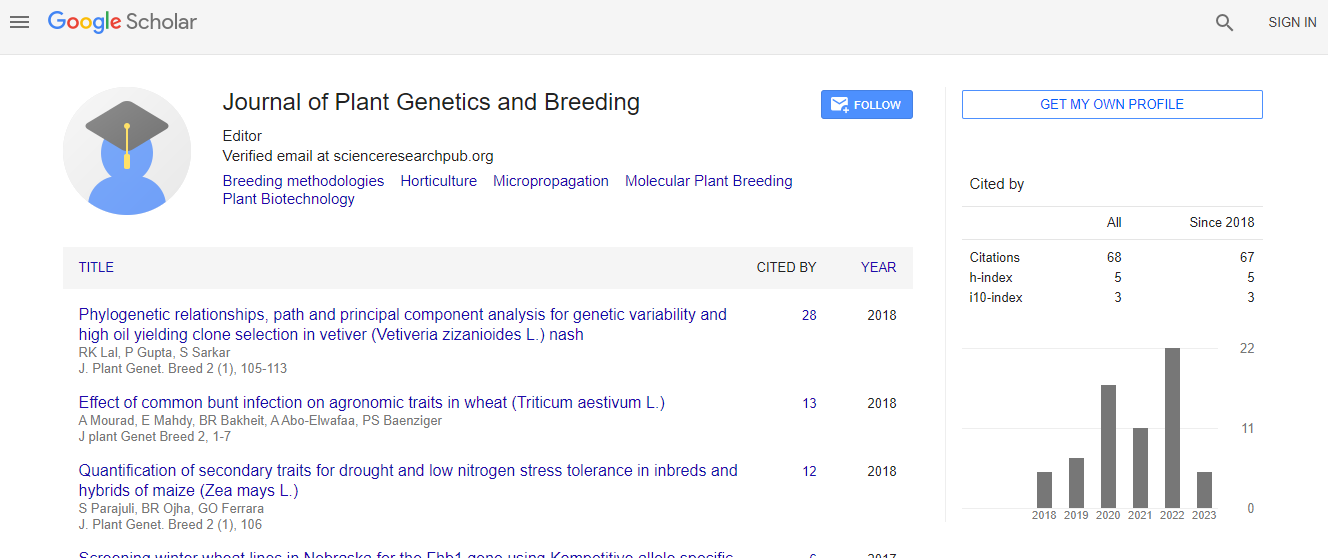Behind the scenes of microspore-based double haploid development in Brassica napus: A review
*Corresponding Author: Mr. Mukhlesur Rahman, Department of Plant Sciences, North Dakota State University, Fargo, ND 58108, U.S.A
Copyright: © 2021 . This is an open-access article distributed under the terms of the Creative Commons Attribution License, which permits unrestricted use, distribution, and reproduction in any medium, provided the original author and source are credited.
Abstract
Double haploids are extremely valuable for generating completely homozygous genotypes and have been used in plant breeding program of a number of crop species. This method is a much faster way of developing genetically pure breeding lines in one single generation. The main objective of this review is to describe in a clear and simple manner how microspore-based double haploids of rapeseed are produced and helps a reader to understand the amazing process of microspore embryogenesis, also referred to as androgenesis or pollen embryogenesis. This review will explain what double haploids are as well as their importance in both Brassica breeding and molecular studies. Additionally, a brief discussion of different factors affecting the double haploid production and a comprehensive explanation of the steps involved in the development of the double haploids will be covered.

 Spanish
Spanish  Chinese
Chinese  Russian
Russian  German
German  French
French  Japanese
Japanese  Portuguese
Portuguese  Hindi
Hindi 